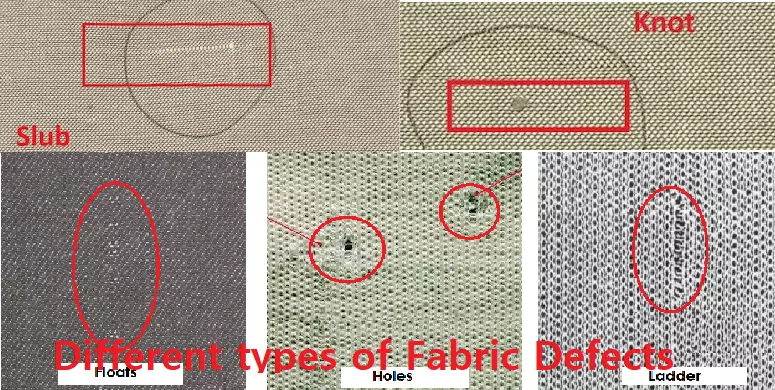Terry fabrics have uncut piles on one or both sides like velvet fabrics. It is a fabric that has the ability to absorb large amounts of water. As terry fabric is soft and comfortable, this fabric is used in soft cloth items such as towels, diapers, etc. Terry fabric knitting or weaving can be made in two ways. This fabric is made from cotton but can be made from natural and synthetic fibers in addition to cotton. Terry cloth continues to be a fabric of choice for comfort and functionality. Here I present Terry Cloth Fabric: Types, Advantages and Application’s details below.
Origins and Historical Significance
The term “terry” derives from the French word “tirer,” meaning “to pull,” which accurately describes the fabric’s looped and piled construction. Terry cloth has been around for centuries, with its origins dating back to the early 19th century in Europe. However, it wasn’t until the 1840s that a French weaver named Joseph-Marie Jacquard perfected the mechanized loom, making terry cloth production more efficient. Terry cloth gained popularity in the 19th century for its exceptional absorbency and comfort. Initially used for bath towels and robes, it became a staple in the textile industry due to its practicality and luxurious feel.
Types of Terry Cloth
Terry cloth comes in various types, each with its unique characteristics:
- Standard Terry Cloth: This is the most common type, featuring loops on one side and a smooth surface on the other. It is often used for towels and washcloths.
- French Terry: French terry is known for its smooth surface on one side and loops on the reverse. It is often used in sweatshirts, loungewear, and sportswear.
- Velour Terry: Velour terry has a plush, velvety surface on one side and loops on the other. It is often used for bathrobes and beach cover-ups.
- Microfiber Terry: This type of terry cloth is made from ultra-fine microfiber threads, offering superior softness and absorbency. It is commonly used in high-end towels and cleaning cloths.
- Bamboo Terry: Bamboo terry is made from bamboo-derived fibers, known for their natural antibacterial properties and eco-friendliness. It is a sustainable alternative to traditional cotton terry.

Characteristics of terry fabric
- Terry fabric is available in single and double piles.
- A pile of fabric is used to draw yarn.
- Cotton is mostly used in piles.
- The yarn used in terry fabric has a high water absorption capacity.
- The yarns used in the fabric are soft.
Advantages of terry fabric
- Absorbency: It has a very high water absorbency power, and this property makes this fabric very special. We use terry cloth Fabric for towels, bathrobes, cleaning cloths, and a few other purposes.
- Comfortable:-Soft and comfortable yarns are used in the interior of the terry cloth so that the cloth is very comfortable against the skin.
- Dryness:-Removes sweat from the body and keeps the body dry.
- The extensibility:-Terry fabric has a considerable amount of flexibility. So this fabric can be used for gym yoga workouts.
- Durability: No question about the durability of Terry cloth Fabric, it is more durable than any other Fabric.
Applications/ Uses of Terry Cloth Fabric
Terry cloth’s versatility extends beyond towels and bathrobes:
- Apparel: Terry cloth is used in loungewear, sweatshirts, bathrobes, and sportswear due to its comfort and moisture-wicking properties.
- Home Textiles: It is employed in bed linens, mattress protectors, furnishing cloth, sofa covers, and curtains in Home Textile.
- Cleaning Products: Terry cloth is ideal for cleaning due to its absorbency and durability. It is used in cleaning cloths, mop heads, and dusting mitts.
- Medical and Personal Care: It is used in bandages, wound dressings, and baby diapers due to its softness and absorbency.
- Automotive Industry: Terry cloth is used in car cleaning and detailing products.
Conclusion
Terry cloth Fabric, with its rich history and diverse applications, remains a beloved fabric in today’s world. Its exceptional absorbency, softness, and versatility have made it an integral part of our daily lives, from the towels we use after a shower to the cozy bathrobe we slip into on a lazy Sunday morning. As technology and sustainability continue to evolve, we can expect terry cloth to adapt and remain a staple in the textile industry for generations to come.


